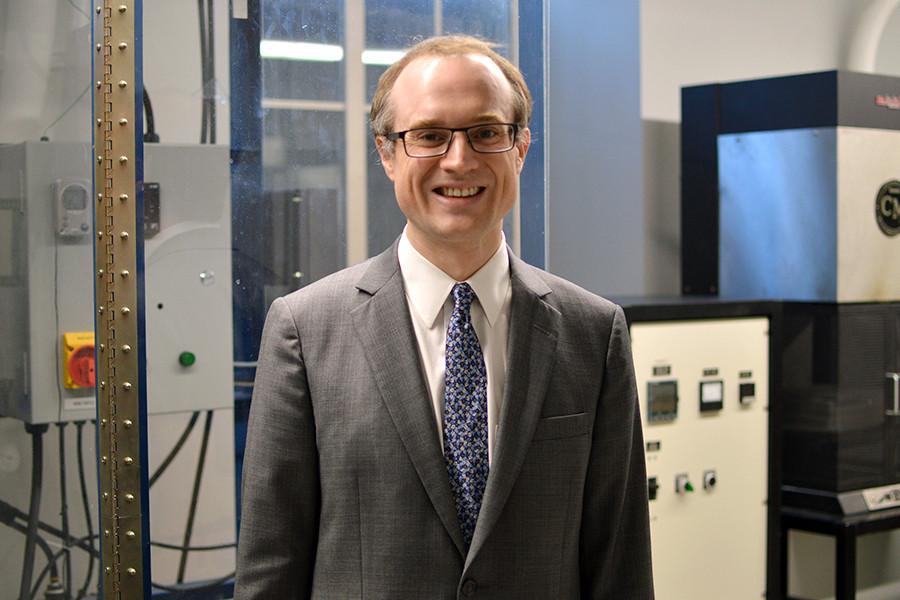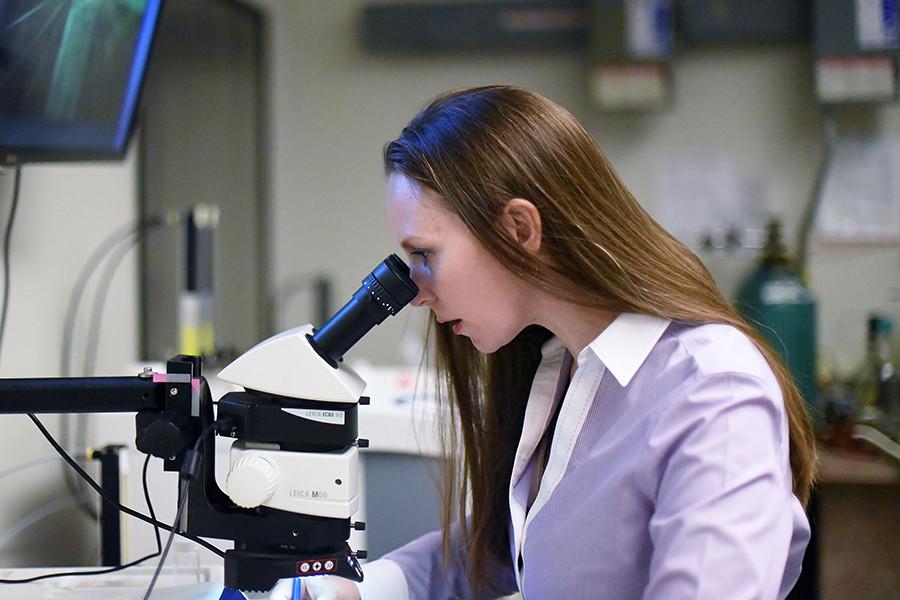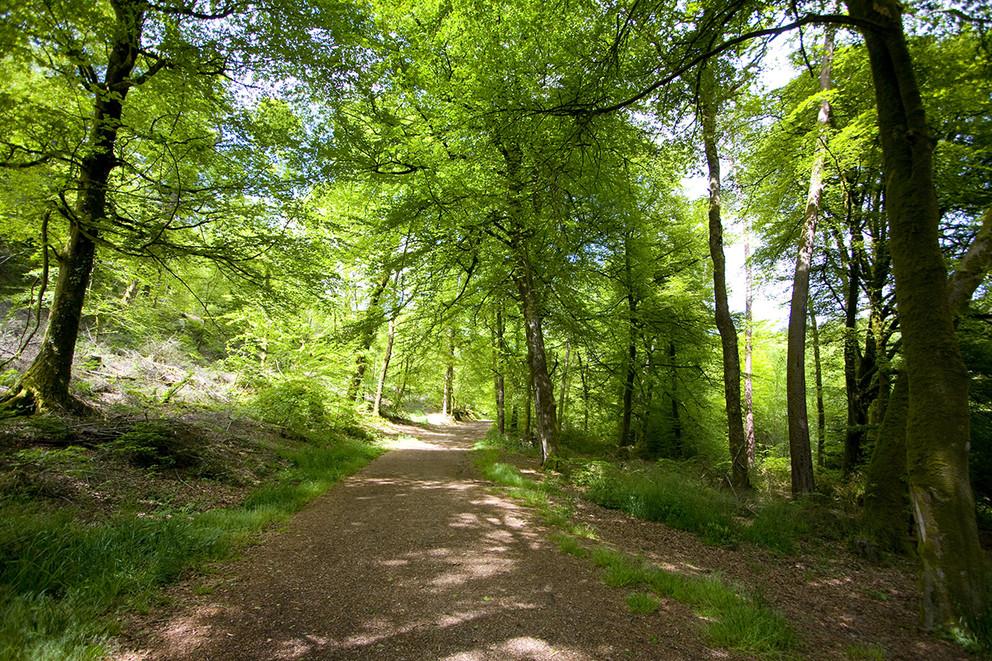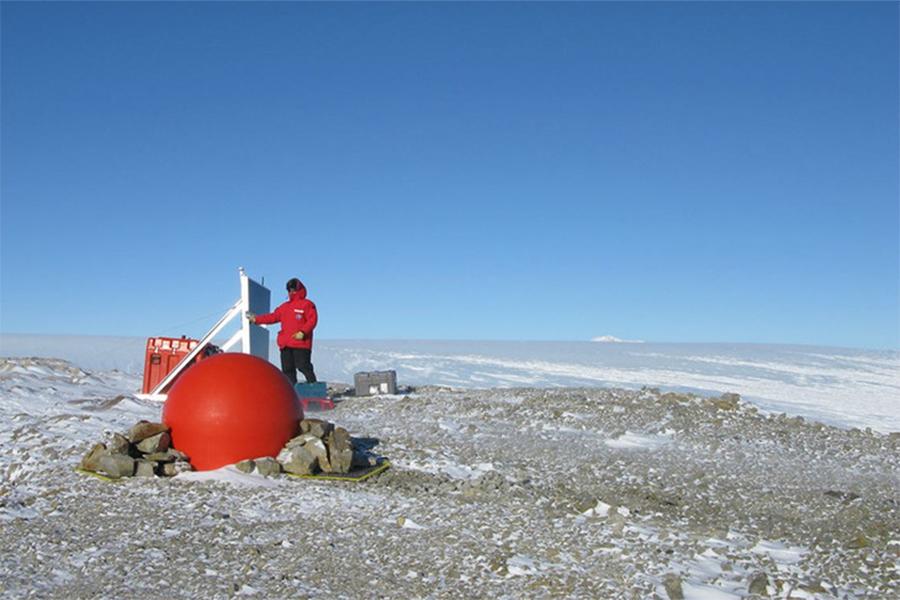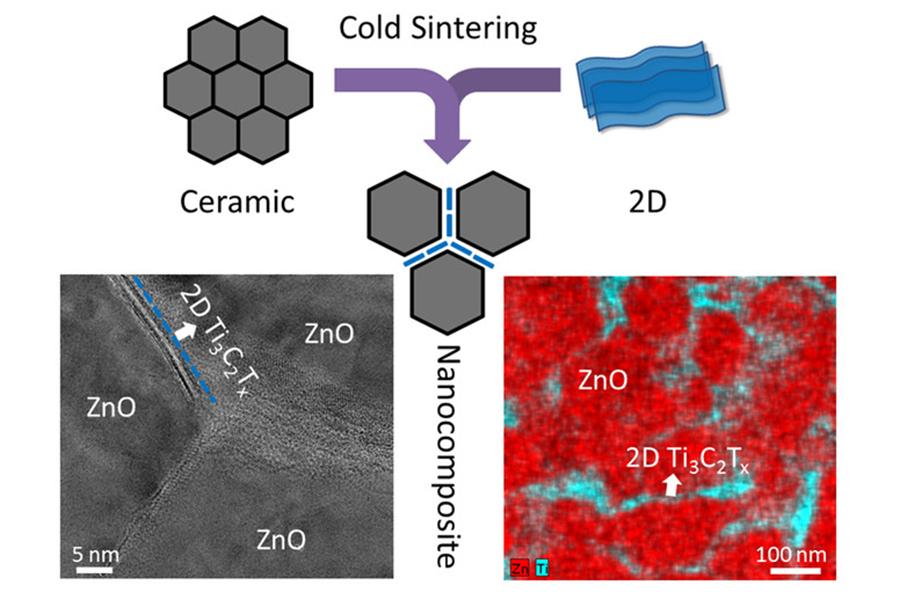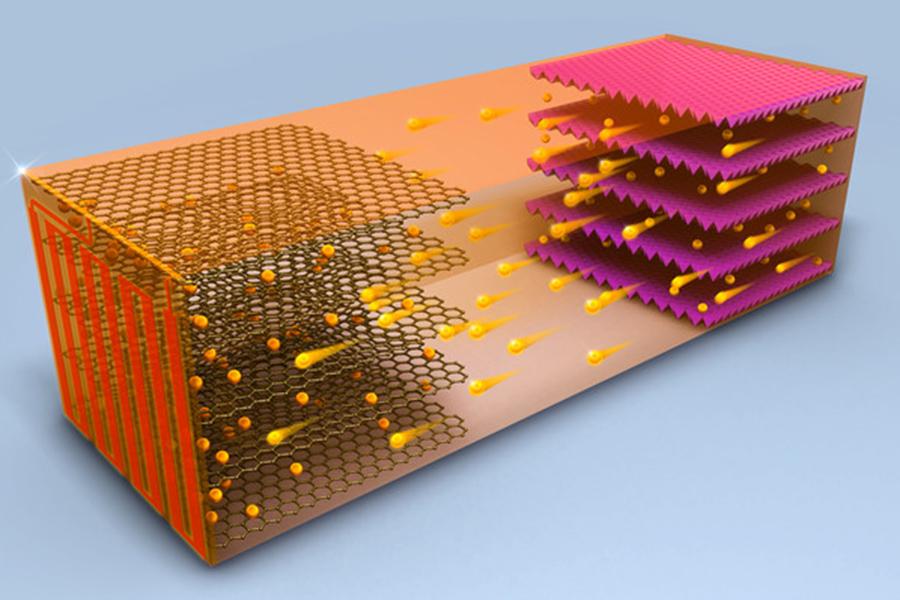Read the latest news about research conducted by investigators in the College of Earth and Mineral Sciences. Our faculty and students are continually advancing technology, creating solutions and expanding knowledge with new and innovative research.
News
According to research by John Mauro power-law distribution explains accidents in the workplace and how best to minimize them.
Ralph Colby has partnered with two other Penn State researchers to get a better basic understanding of how plastics cool from a liquid to solid shape in injection molding.
One Penn State professor is seeking to create spatial statistical models for extreme events such as large forest fires, floods and heavy rainstorms to help make better decisions on infrastructure, preparation and mitigation.
Morocco's food landscape has been undergoing a major shift: Obesity is on the rise while traditional, healthy food is becoming more scarce. Penn State geography researcher Bronwen Powell wants to know what’s driving these trends.
How forests respond to elevated nitrogen levels from atmospheric pollution is not always the same. While a forest is filtering nitrogen as expected, a higher percentage than previously seen is leaving the system again as the potent greenhouse gas nitrous oxide, say researchers.
Glass has been a part of society for thousands of years, so it is easy for this material to become invisible and overlooked, but a Penn State materials scientist has laid out a plan to map the glass genome and advance the future of glass.
The next time you see your favorite collegiate athlete on the field or court, think again about their road to getting there.
The bedrock beneath West Antarctica is rising rapidly in response to the ongoing ice melt of the West Antarctic Ice Sheet, according to an international team of researchers, who indicated that their results have important implications for estimating future ice sheet stability and projections of ice mass losses.
For the first time, researchers have created a nanocomposite of ceramics and a two-dimensional material, opening the door for new designs of nanocomposites with such applications as solid-state batteries, thermoelectrics, varistors, catalysts, chemical sensors and much more.
Californians do not purchase electric vehicles because they are cool, they buy EVs because they live in a warm climate. Conventional lithium-ion batteries cannot be rapidly charged at temperatures below 50 degrees Fahrenheit, but now a team of Penn State engineers has created a battery that can self-heat, allowing rapid charging regardless of the outside chill.



